Robotics is nothing more than computers that imitate human behavior. They use automation, which implies that activities are completed without the need for human interaction. Automation of data input, data extraction, and invoice processing are some frequent RPA applications and use cases we see. There are many examples of RPA use cases that automate processes in various corporate divisions (Sales, HR, Operations, and so on) and sectors (banking, retail, manufacturing, etc.).
To do RPA, we have tools from technology partners such as Blue Prism, UiPath, Automation Anywhere, and others. Blue Prism supports better automating of business processes. Blue Prism’s features include a visual designer with drag-and-drop functionality, which you may see when you access the Blue Prism dashboard. By using java programming, this application is created. You will benefit greatly if you are already familiar with the Java programming language.
Blue Prism
Blue Prism enables businesses to use software robots to automate rule-based, manual, and repetitive procedures, therefore eliminating human mistakes in business process implementation. Because of drag-and-drop functionality, RPA technologies enable business analysts and developers to easily design software robots utilizing business items and processes. Blue Prism development requires less technical skills, allowing even businesspeople to quickly create software robots.
Components of Blue Prism
Blue Prism has five components, They are:
- Process Studio
- Process Flow
- Object Studio
- Application Modeller
- Control Room
Let’s look at each of the components.
Process Studio
Blue Prism processes are flow diagrams, which are graphical representations of the computer’s operation. These processes interface with other applications, handle data and make choices and computations. The Process Studio is used to develop these processes. A Stages toolbar on the left-hand side is used to create stages in a process.
Process Flow
The process flow is defined to automate a repetitive task with a logical, structural flow of the various stages.
Object Studio
All organizations now require connectivity with external apps. Because this connection cannot take place in Process Studio, another component named Object Studio is utilized. It is the area where Visual Business Objects (VBOs) are generated. These objects are used to communicate with third-party apps. A single VBO can interface with just one external application.
Application Modeller
You may construct application models in Object Studio using Application Modeller. Using Application Modeller, the UI components of a target application may be accessible to the Blue Prism program.
Control Room
Processes built-in Process Studio do not operate on the local desktop version of Blue Prism; instead, they run on an external resource known as a digital worker. A Session is a name given to the processes that operate from the Control Room. Processes are carried out effectively with the assistance of the Control Room.
Here are some basic prerequisites, user registration, and login processes for Blue Prism.
Prerequisites for Blue Prism:
So, you shall have to consider a few things before starting the installation:
- Make sure you have a good internet connection to download and activate
- You need administration access to install and run Blue Prism
- Make sure you have a minimum of 10GB of free disk space
4. You will require either Windows 8.1 or 10 (64-BIT versions only) OR 6 virtual machines required to run on the cloud.
User Registration
Step 1: Search and go to https://digitalexchange.blueprism.com/. Click on the Login option.

Step 2: You will be redirected to the below-mentioned page. You need to choose the Sign up here option.
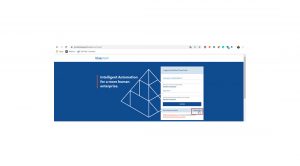
Step 3: After clicking on the sign-up option it will be redirected to the page mentioned below. You need to mention your email address, username, and time zone. Now click on Create New Account.
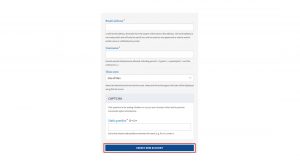
After creating a new account, it will display the following screen.
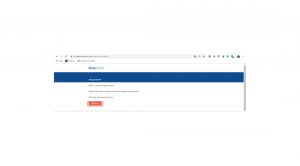
Step 4: At this stage, you must have received an email from Blue prism with regards to the account details for the user created on the Blue prism portal. The email will have a link through which you need to log in. Click on the link.
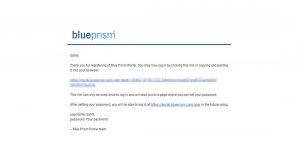
Step 5: After clicking on the link, mention the details such as password, organization name, first name, etc. Click on Save.

Step 6: The next step is to mention the user information. Click on Save.
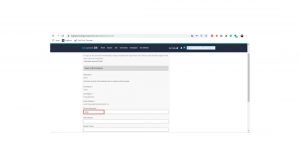
Step 7: User registration once done, register the company by mentioning a few details, and clicking Create.
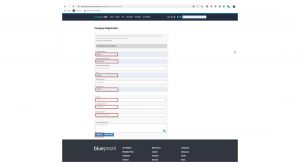
Your registration parts get completed with this step. Now you can move forward to login into the Blue Prism portal.
Blue Prism portal login
You need to mention the user and password details you just created on the login page mentioned below:
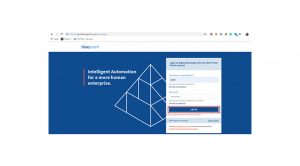
Common Use Cases of Blue Prism RPA
- Excel Automation
The goal is to automate the process of assigning employee performance ratings based on their ratings. To do this, we must use Excel automation to read data from an Excel file.
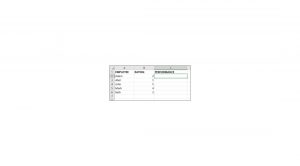
Excel file with some records
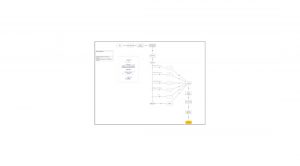
Process Studio
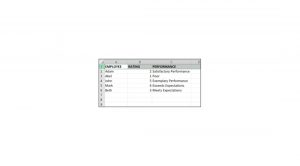
Output
- Using Blue Prism to Automate Web Applications
To do this, we use a ServiceNow instance and automate the creation of new users in the user’s table. We then fill up each field on the form, save the changes, and collect the password.

User table in Service
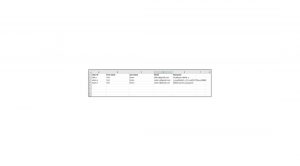
Excel file with user records
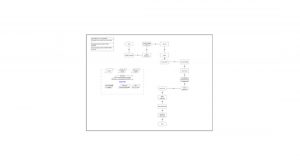
Process Studio
Benefits of Blue Prism RPA
- Quality Service
- Higher Accuracy
- Scalability
- Quick Deployment of Services
- Flexible Workforce
- Statistics
More about RPA
According to Gartner, the RPA industry will be valued at $8.75 billion by 2024. This represents an exponential increase from just three years ago when RPA was valued at $443M. RPA is quickly expanding in the healthcare, financial services, retail, and pharmaceutical industries, where it is used to handle medical records, loans, and inventories.
RPA allows you to set computer software or a digital worker to collect and understand existing applications for transaction processing, data manipulation, response triggering, and communication with other digital systems.
RPA emulates a person by executing manual, repetitive tasks; making decisions based on set rules; and seamlessly integrating with your existing applications.

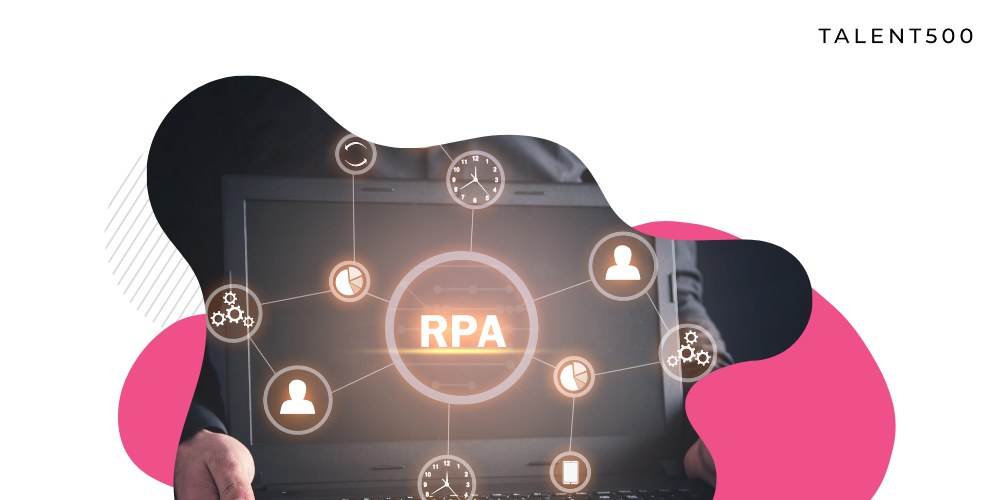


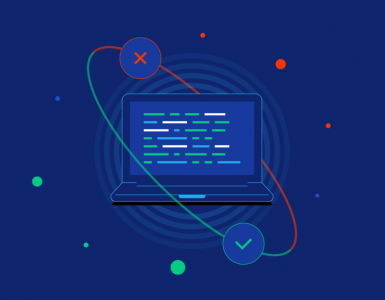

Add comment